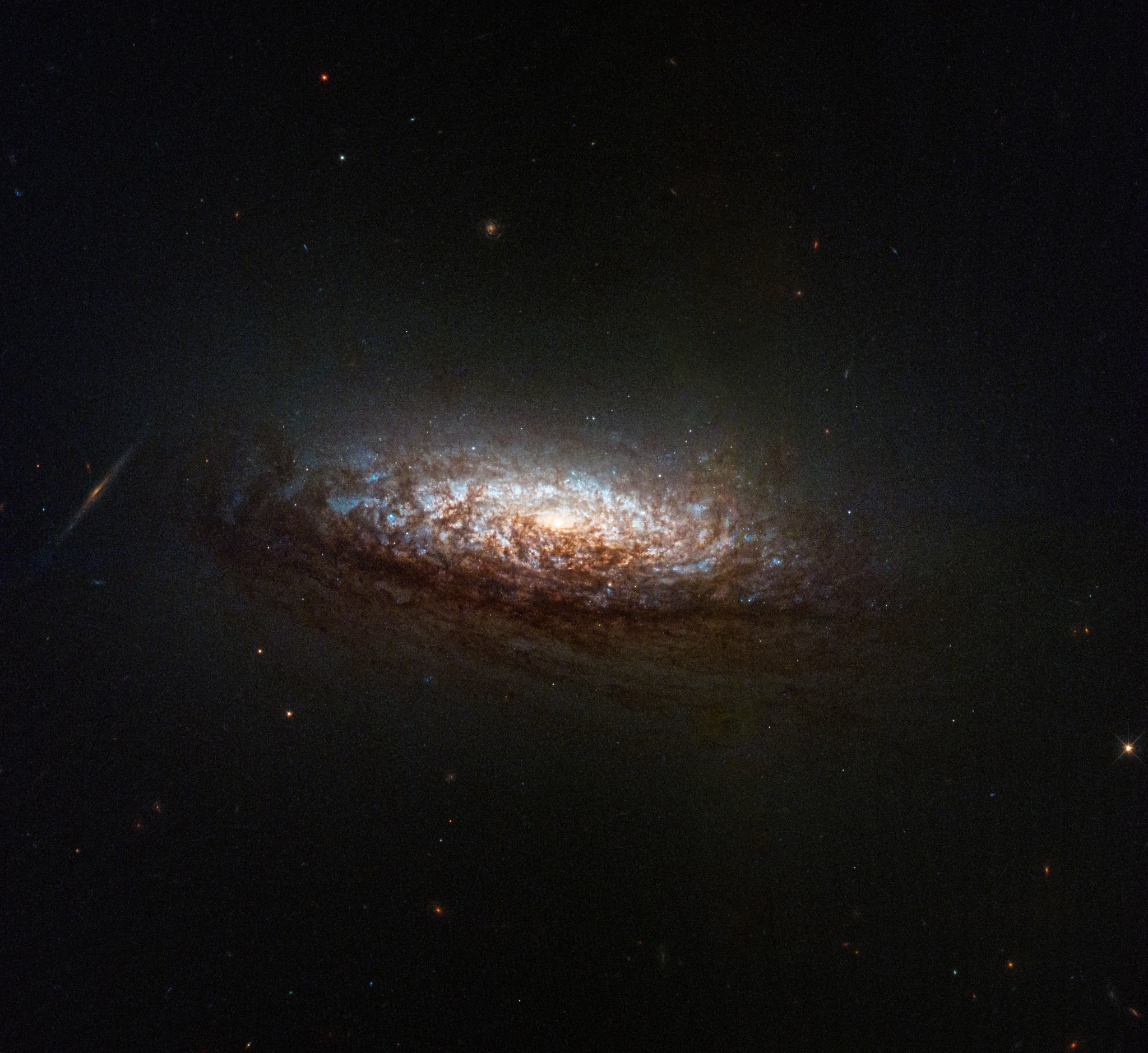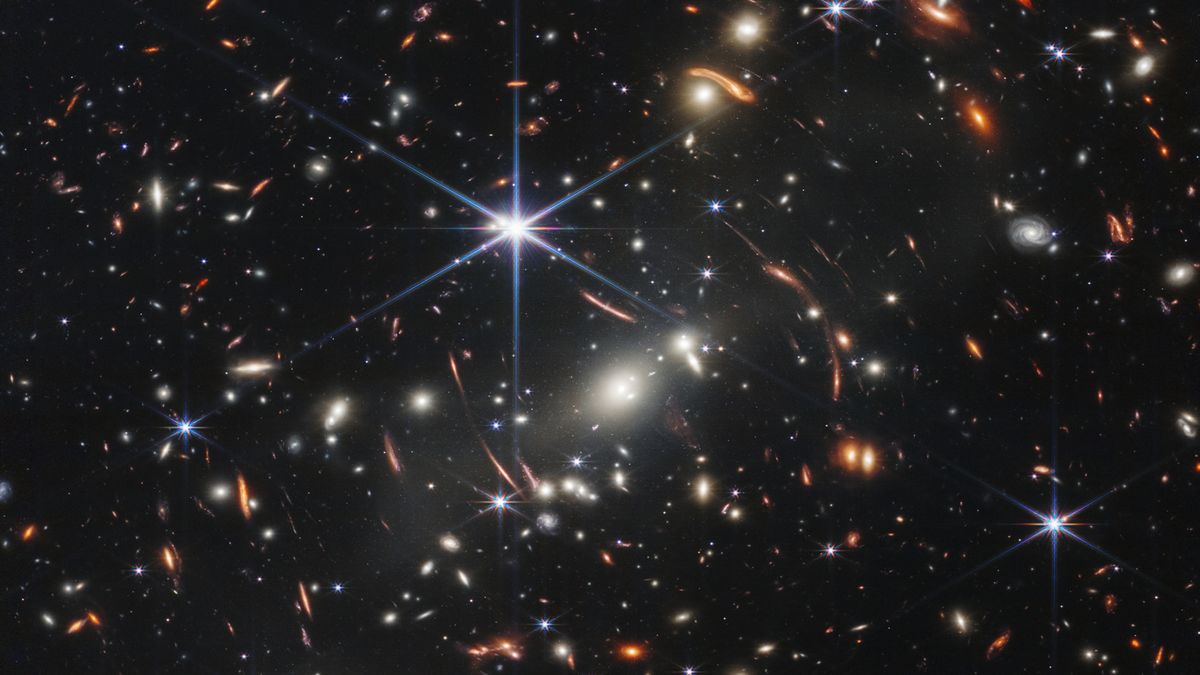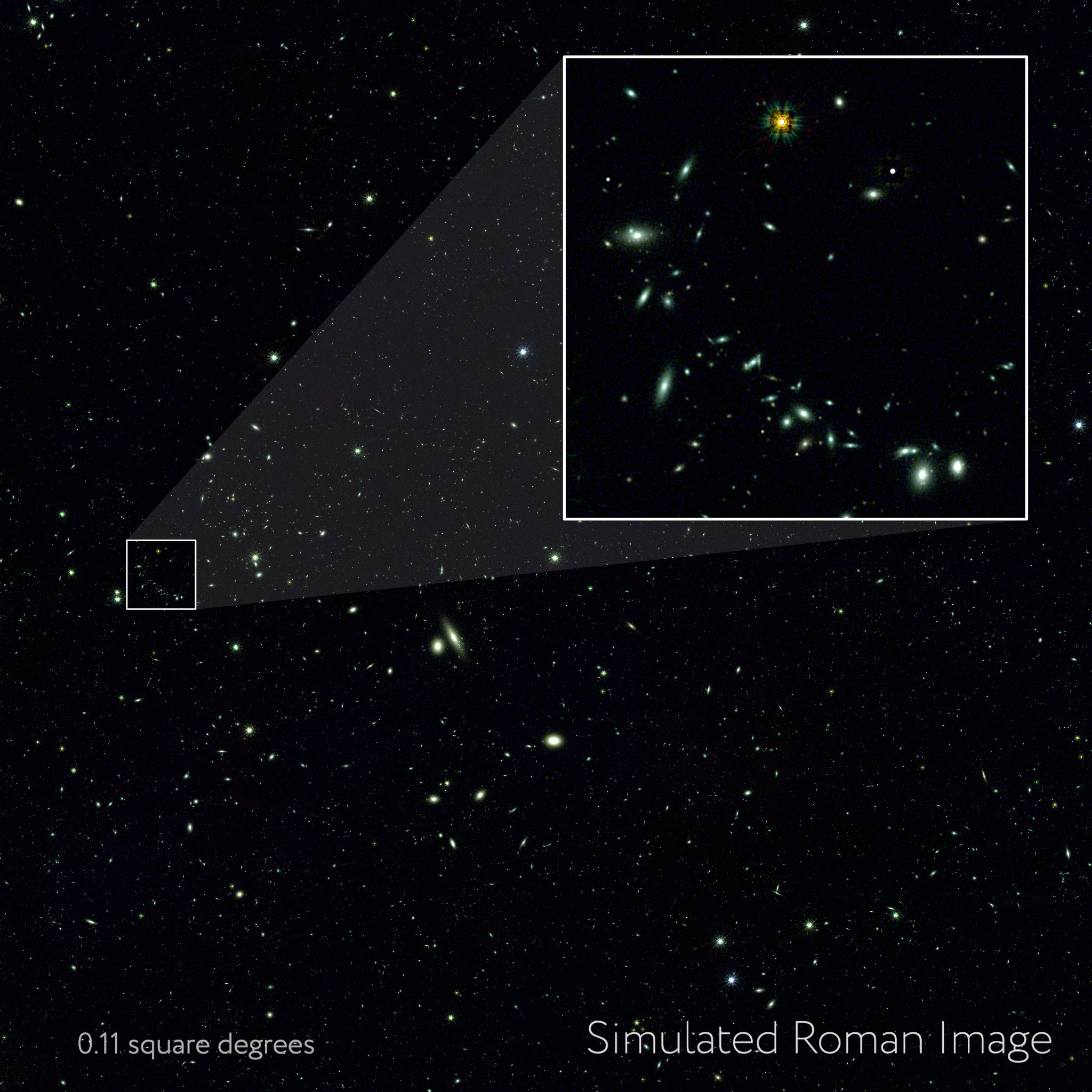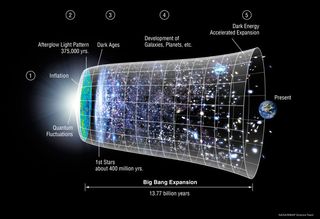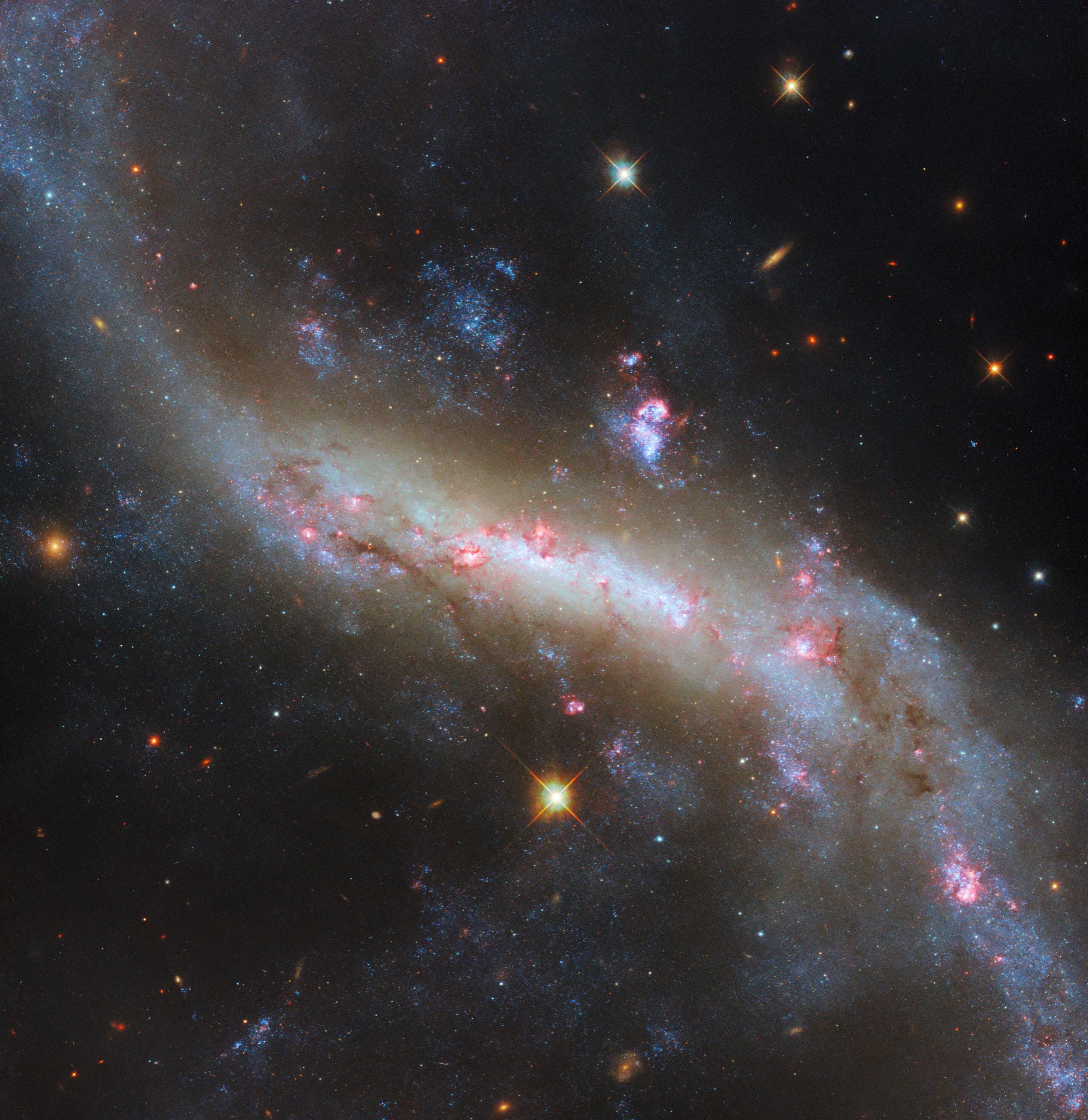2 min read NASA Releases Hubble Image Taken in New Pointing Mode This NASA Hubble Space Telescope features the galaxy NGC 1546. NASA, ESA, STScI, David Thilker (JHU) NASA’s Hubble Space Telescope has taken its first new images since changing to an alternate operating mode that uses one gyro. The spacecraft returned to science operations June 14 after being offline for several weeks due to an issue with one of its gyroscopes (gyros), which help control and orient the telescope. This new image features NGC 1546, a nearby galaxy in…
Read MoreTag: The Universe
The universe’s biggest explosions made some of the elements we are composed of. But there’s another mystery source out there
After its “birth” in the Big Bang, the universe consisted mainly of hydrogen and a few helium atoms. These are the lightest elements in the periodic table. More-or-less all elements heavier than helium were produced in the 13.8 billion years between the Big Bang and the present day. Stars have produced many of these heavier elements through the process of nuclear fusion. However, this only makes elements as heavy as iron. The creation of any heavier elements would consume energy instead of releasing it. In order to explain the presence…
Read MoreWhere is the center of the universe?
The universe is undeniably vast, and from our perspective, it may seem like Earth is in the middle of everything. But is there a center of the cosmos, and if so, where is it? If the Big Bang started the universe, then where did it all come from, and where is it going? To start tackling these questions, let’s go back about 100 years. In the 1920s, astronomer Edwin Hubble made two amazing back-to-back discoveries: Early in the decade, he found that “island universes,” now known as galaxies, sit very…
Read MoreSecrets of radioactive ‘promethium’ — a rare earth element with mysterious applications — uncovered after 80-year search
For the first time, scientists have revealed crucial properties of the mysterious, radioactive substance promethium — nearly eight decades after the elusive rare earth element was discovered. Promethium is one of the 15 lanthanide elements at the bottom of the periodic table. Also known as the rare earths, these metals exhibit a number of useful properties, including strong magnetism and unusual optical characteristics, making them particularly important in modern electronic devices. “They are used in lasers; they are part of the screens of your smartphone. They are also used in…
Read MoreNASA’s Roman Mission Gets Cosmic ‘Sneak Peek’ From Supercomputers
Researchers are diving into a synthetic universe to help us better understand the real one. Using supercomputers at the U.S. DOE’s (Department of Energy’s) Argonne National Laboratory in Illinois, scientists have created nearly 4 million simulated images depicting the cosmos as NASA’s Nancy Grace Roman Space Telescope and the Vera C. Rubin Observatory, jointly funded by NSF (the National Science Foundation) and DOE, in Chile will see it. Michael Troxel, an associate professor of physics at Duke University in Durham, North Carolina, led the simulation campaign as part of a…
Read MoreWhat is the 3-body problem, and is it really unsolvable?
A rocket launch. Our nearest stellar neighbor. A Netflix show. All of these things have something in common: They must contend with the “three-body problem.” But exactly what is this thorny physics conundrum? The three-body problem describes a system containing three bodies that exert gravitational forces on one another. While it may sound simple, it’s a notoriously tricky problem and “the first real worry of Newton,” Billy Quarles, a planetary dynamicist at Valdosta State University in Georgia, told LiveScience. In a system of only two bodies, like a planet and…
Read MoreMassive ‘El Gordo’ galaxy cluster suggests dark matter smashes into itself
Strange behavior in a massive cluster of merging galaxies could be explained if dark matter, the universe’s most mysterious stuff, can collide with itself. However, the most favored model of cosmology right now is the cold dark matter (CDM) model — and it suggests that dark matter, which is effectively invisible because it doesn’t interact with light, is not self-interacting. To get to the bottom of this conundrum, researchers from the Astrophysics and Cosmology group of Italy’s Scuola Internazionale Superiore di Studi Avanzati (SISSA) set about simulating what is happening within…
Read MoreHubble Views the Lights of a Galactic Bar
2 min read Hubble Views the Lights of a Galactic Bar This Hubble Space Telescope image reveals details in the barred spiral galaxy NGC 4731. ESA/Hubble & NASA, D. Thilker This new image from the NASA/ESA Hubble Space Telescope shows the broad and sweeping spiral galaxy NGC 4731. It lies in the constellation Virgo and is located 43 million light-years from Earth. This highly detailed image uses data collected from six different filters. The abundance of color illustrates the galaxy’s billowing clouds of gas, dark dust bands, bright pink star-forming…
Read MoreThe Milky Way’s heart shines over construction site of world’s largest telescope
Construction of the Extremely Large Telescope has reached another milestone, with the completion of the dome’s steel skeleton. The European Southern Observatory’s (ESO) Extremely Large Telescope (ELT) — the world’s largest visible- and infrared-light telescope — is under development on the Cerro Armazones mountain in Chile’s Atacama Desert and is expected to see its “first light” by 2028. ESO recently shared a stunning new nighttime photo taken from inside of the dome on April 3. The photo captures the telescope’s progress with the Milky Way‘s heart overhead and the rest…
Read MoreThe future is bright for astronomy, and very expensive
Astronomy has a bright future. The universe is being revealed in exquisite detail with the current generation of large optical telescopes, reaching back close to the big bang. There’s hope that the mysteries of dark matter and dark energy will be solved. Thousands of exoplanets have been discovered, and astronomers may be closing in on the first detection of life beyond Earth. However, observations into the cosmic frontier involve extremely faint targets and astronomers are always hungry for more light. In order to keep peering farther into unknown reaches of…
Read More